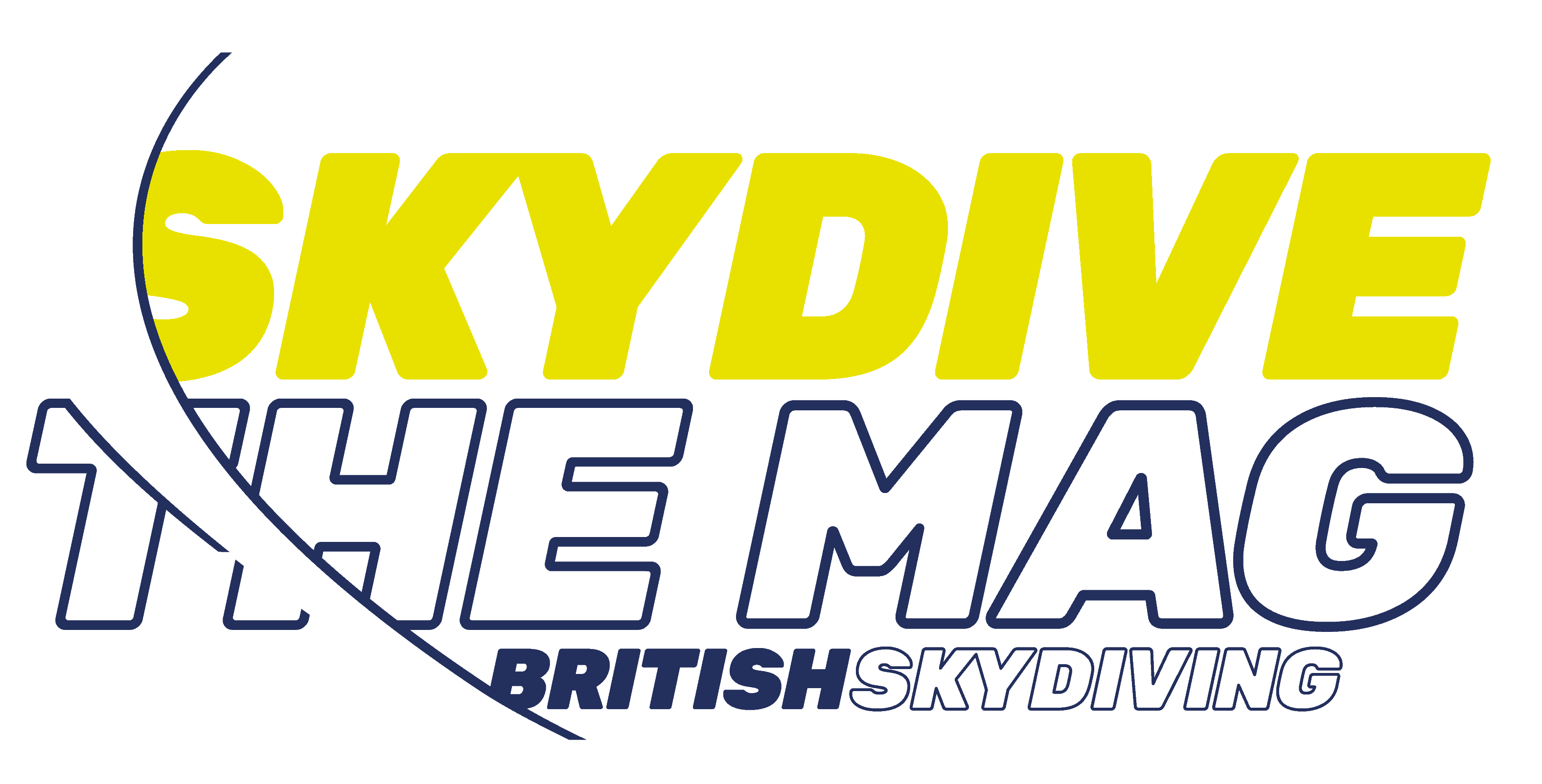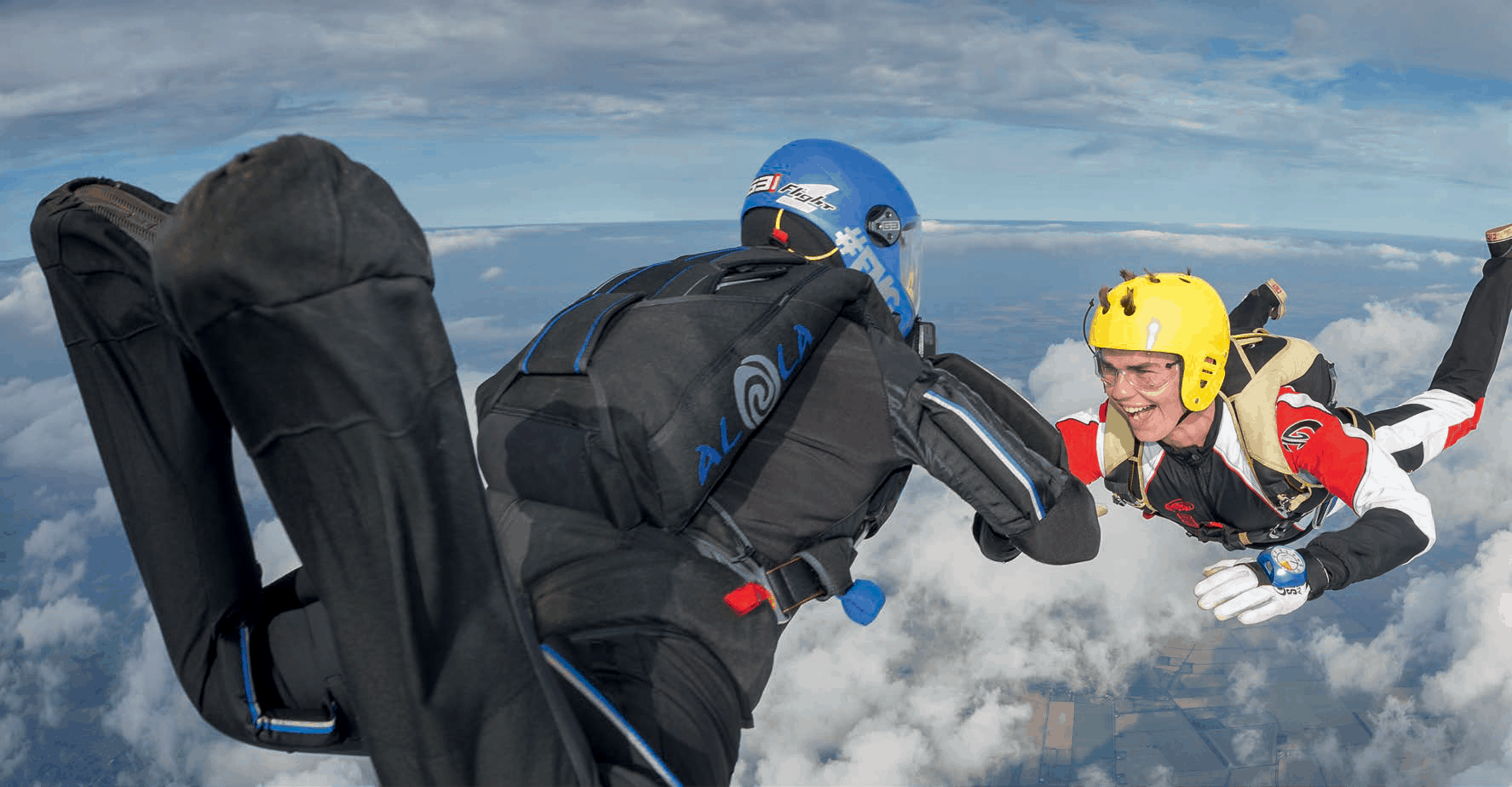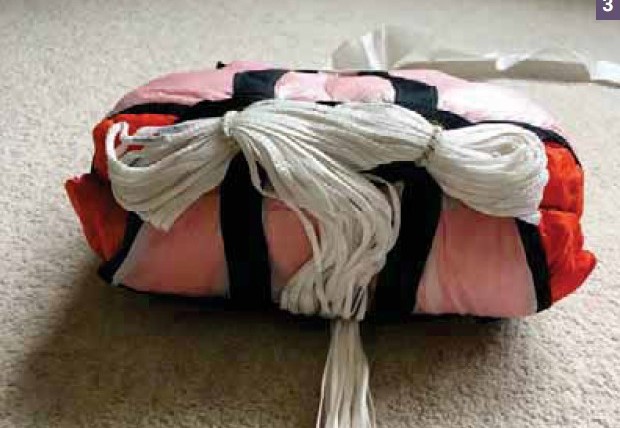How to use fighter pilot thinking and apply decision cycles to your skydiving.
I’ve been thinking about the way that we as skydivers collect information and process it mentally before making an action either on the ground, in freefall, or under canopy. Sometimes situations can escalate if we don’t deal promptly with the correct action. This is common with people when operating under sensory overload, and skydivers can sometimes struggle to break down a process into individual steps and carry out the correct action. A prescribed process or ‘decision cycle’ could also help these skydivers, and can be used by others to increase their focus and performance.
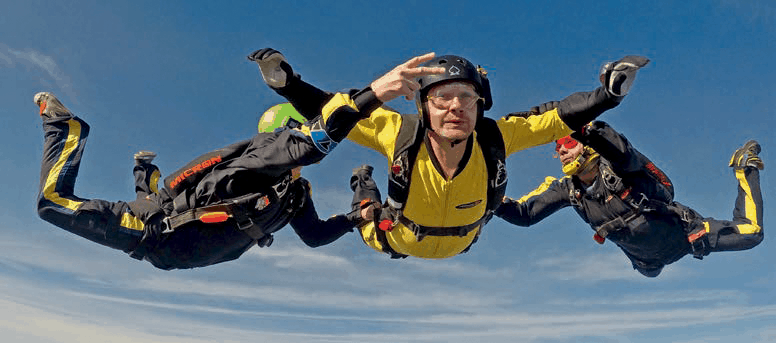
There are a variety of processes within a decision cycle that allow a user to reach a given outcome, dependant on information and then cycling back to the start again.
One of the more common which is used by US fighter pilots is the OODA loop, which was developed by US Air Force Colonel John Boyd to help fighter pilots in combat. The OODA loop was so effective in prescribing a decision process that it has been developed and used in business. There are also a variety of other well-used examples of decision cycles applied in many different fields worldwide.
Observe 🠦 Orientate 🠦 Decide 🠦 Act
Collect 🠦 Process 🠦 Organise 🠦 Do 🠦 Review
Observation 🠦 Hypothesis 🠦 Experiment 🠦 Evaluation
Look 🠦 Assess 🠦 Decide 🠦 Act
For simplicity I prefer the section names ‘Look – Assess – Decide – Act’ and below I will discuss the key concepts from each.
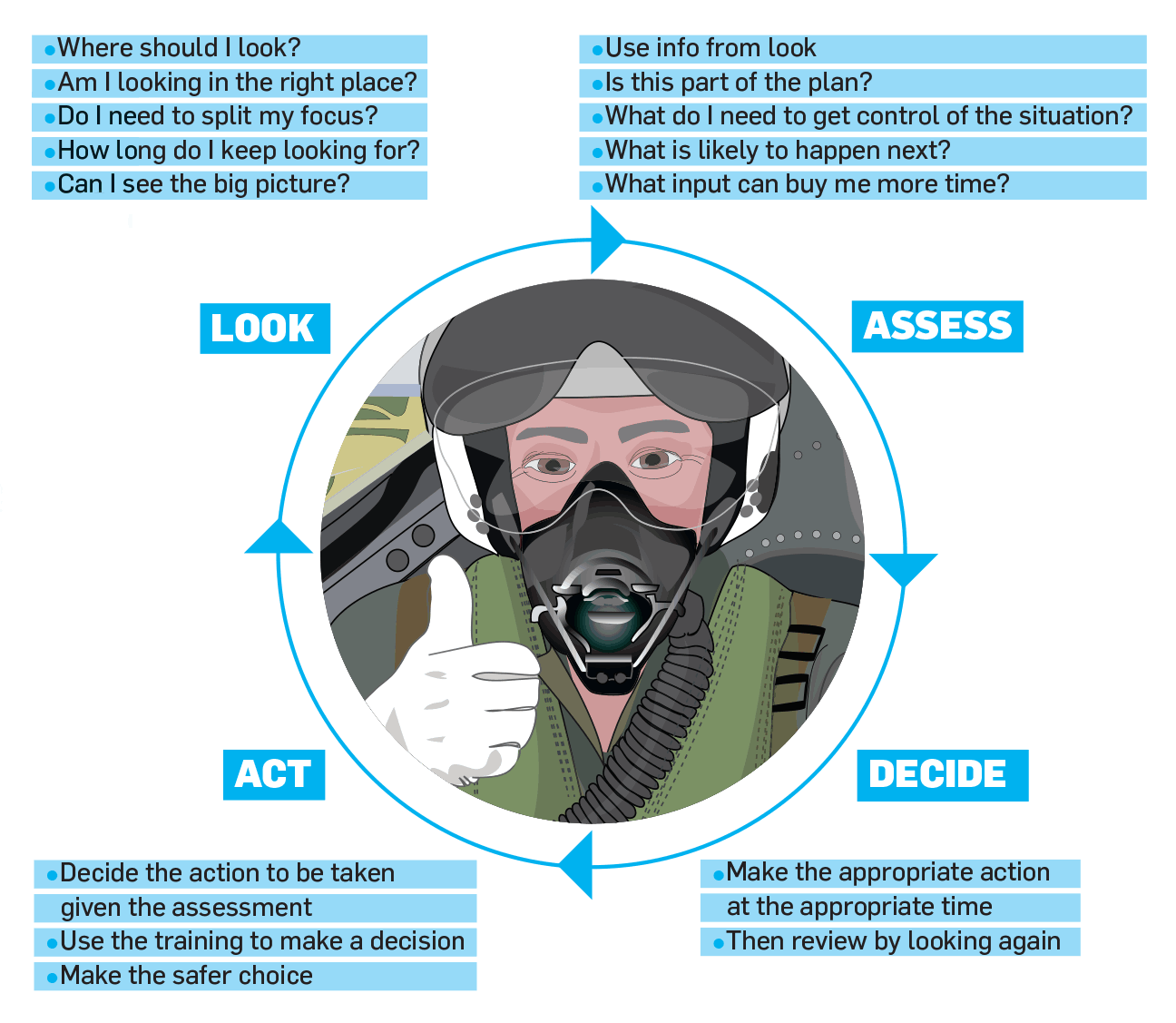
Look
It might be assumed that looking is an easy part of the process, however, in skydiving it’s often this section that prevents progress. The aim of looking is to generate an accurate picture of the whole situation. Looking and focussing in the right place will ensure the correct and relevant data is put into the process. A common example is big-way skydivers who incorrectly look at the grip they are taking rather than their reference. Looking at the opposite side of the formation gives the correct information for flying on the correct level, whereas focussing on the grip ensures this information can’t be collected and processed further down the cycle.
Distraction is another reason for not looking at the correct location.
Distractions can include looking at people next to you, looking at the scenery or even geeking the camera. While all are fun activities, they cause a slowing in our decision-making process. There are also some aspects of the sport when only looking in one place can be detrimental. When flying your canopy you should use excellent all-around observation and keep the head moving and the eyes looking around so you are aware of everything in your airspace. Only using the accuracy trick to focus on your landing point is dangerous for you, and others you share the air with. If we have poor information at the start of the loop we will make poor actions at the end.
Assess
Next we need to process the information in the ‘Look’ section according to the plan, our training and our experience. When we assess, we are evaluating what we are seeing compared to the jump plan. We are not only assessing what is happening with the data gained from the ‘Look’ phase, but we can also use our experience to assess the likelihood of what will happen next. The more experience we have, the better we are at assessing a situation. We also assess according to our training, so for example if we notice the fall rate change we assess that we should get back onto level. By improving a skydiver’s training, experience and knowledge we can help them assess the situation more clearly and quickly. The advantage that students have is that their Instructor is also assessing the situation on their behalf and they can give appropriate signals where the student isn’t able or ready to assess for themselves. This however only works when the student is looking as per the first section of the cycle!
Decide
Making a decision is similar to IF/THEN/ELSE loops in computer programming. This relies on the fact that a skydiver has trained, practised and rehearsed the process. If they forget, then making the correct decision can be luck rather than judgement. This is the reason student parachutists must receive refresher training at the start of every day, and as part of any progression brief. A common decision error for AFF students when receiving hand signals from an Instructor is that, if they see a particular hand signal many times on a jump, they might decide they have already responded and so then decide not to respond further. Training helps with a decision-making process, as sometimes making a decision that has not been made before can cause hesitation. The more training we receive, and practise making every possible decision, the quicker we are to make the right call.
Act
Once the decision has been made we then make the appropriate input or action. The amount and timing of the input is relative to what is required according to the information provided in the ‘Look’ phase, for example a bigger distance to cover in freefall requires a larger input. Sometimes the correct decision can be made but then the jumper doesn’t follow through with the action due to lack of confidence, self-esteem or laziness.
We then loop back to the start of the process to look at what has changed given the action performed.
The speed that we process through the decision loop is like the speed of a computer processor. If our skills are not trained and practised, and emergency procedures not current, then our progress through the loop slows and events may seem to escape us and potentially snowball.
The main advantage of using a decision-making loop in skydiving instruction is that the student can follow a prescribed process. But it can also help the Instructor to break down and analyse the process
and, if required, find where the student or the teaching needs to be improved.

Photos: Feature Image: Kat Coaching by James Stevenson, Level 1 AFF by Ricky Davies, Ally Milne by Rob Lloyd
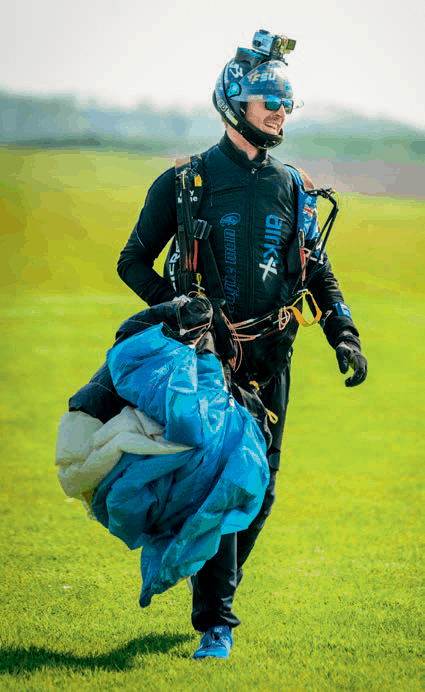 By Ally Milne – British Skydiving Advanced Instructor
By Ally Milne – British Skydiving Advanced Instructor
Ally Milne is a full-time professional Instructor and Coach who is available to run skills camps worldwide and who has broken world records in FS, Head Down and Head Up. He would like to thank his sponsors, Performance Designs, United Parachute Technologies, Airtec, Cookie Composites, Larsen and Brusgaard and Vertex Suits, and you can contact him at allymilne@live.co.uk.
 First published in the December 2019 issue of Skydive the Mag.
First published in the December 2019 issue of Skydive the Mag.
